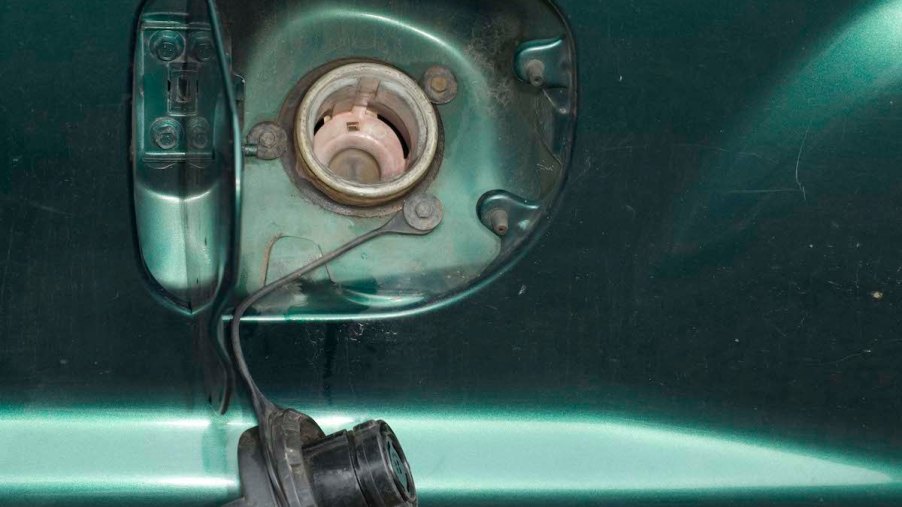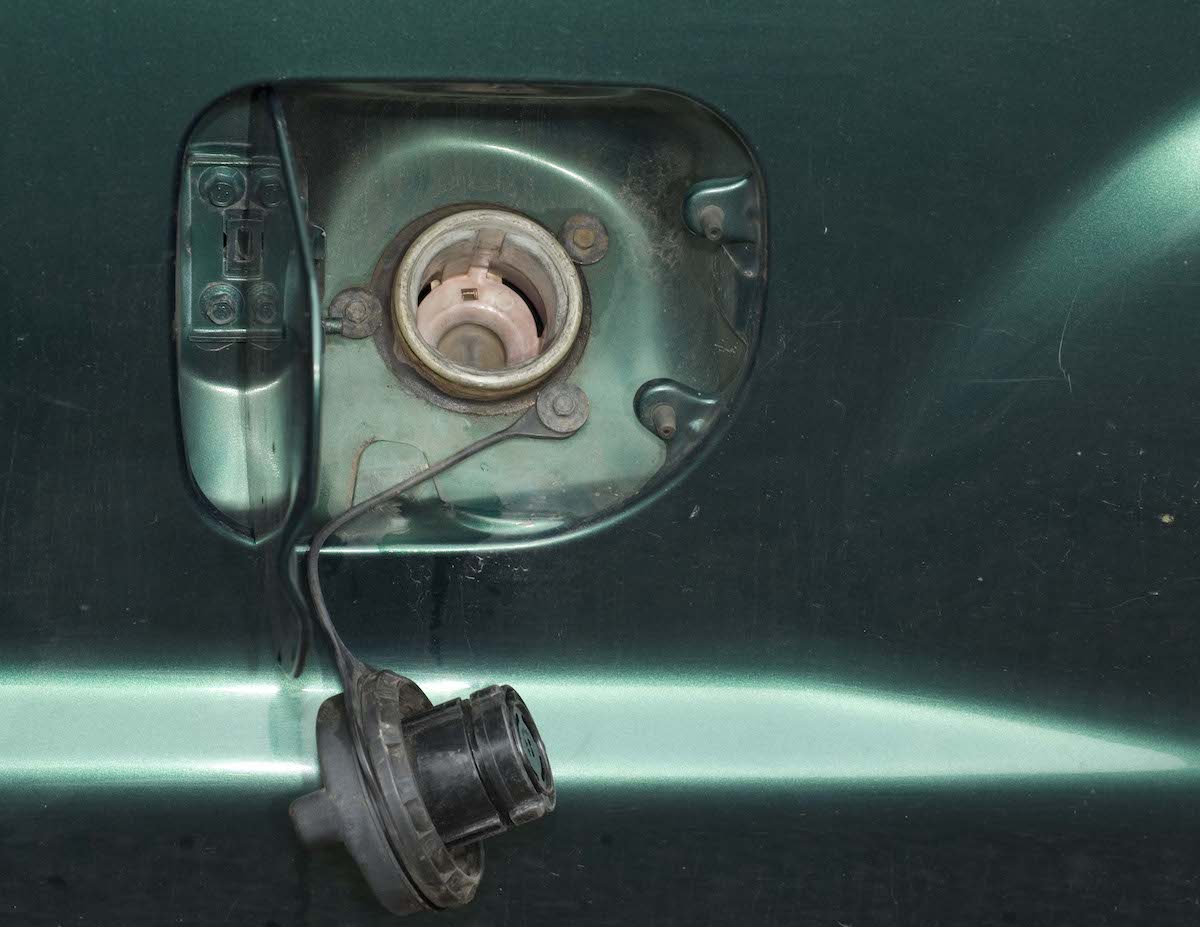
Does Dry Gas Really Work?
Is your car having trouble getting started, making coughing or spluttering sounds, or suffering from a rough idle? If so, there might be more than just fuel in your gas tank. Water is essential for engine performance — but not when it contaminates your vehicle’s fuel. When that happens, you’re looking at poor performance and potentially expensive repair bills. Fortunately, you can take steps to prevent water from entering your fuel tank and treat it when it occurs. One important step is adding dry gas to your tank if you suspect your car’s fuel might contain water.
How does dry gas work?

According to Your Mechanic, dry gas products are composed of methanol or isopropyl alcohol. Either of these components will bind with wayward water molecules and turn them into a combustible product. The water will essentially burn off in the combustion chamber along with the fuel it was contaminating. Because these products freeze only at extremely low temperatures, they can keep watery fuel from freezing in the fuel lines and bringing your vehicle to a complete halt.
Dry gas can affect how well your engine runs, so use it only if you suspect your engine is suffering from contaminated fuel. Because you never know when that might happen, it’s a good idea to keep a supply of dry gas on hand. You’ll want to use it as soon as possible after you notice symptoms.
How do you know if your car needs dry gas?
If you have water-contaminated fuel (“bad gas”), you’ll probably experience a lack of power during acceleration due to a clogged fuel pump or fuel lines. Water-contaminated fuel can also damage your vehicle’s fuel injectors. If that happens, you’re looking at a major repair bill. If there’s enough water in your tank, it and the fuel lines might even begin rusting from the inside out.
According to Cars.com, other symptoms of water in your gas tank are the following:
- difficulty starting
- strange sounds such as pinging
- unusually high exhaust levels
- poor mileage
- misfires
- rough idling
- stalling
- lit “check engine” light
Diluting the contaminated fuel with more fuel should be your first step, followed by treatment with a dry gas product. If your vehicle is still experiencing symptoms or you suspect a major problem, take your car to a qualified mechanic. That person will have the knowledge and tools to remove all traces of watery contamination from your car’s engine.
Preventing moisture build-up in your fuel tank
Preventing moisture build-up will eliminate the need for a dry gas cure. According to BMW of Freehold, water can get into your gas tank during heavy rain (or even a car wash) if your gas cap isn’t on tight enough. Also, fuel up at a busy gas station where the fuel turnover is high. Rapid turnover helps ensure the station’s storage tanks are full of fresh gas that’s less likely to contain water from condensation.
Gasoline that has been sitting around for a while can actually get stale and begin to break down. Stale gas won’t burn properly and could cause problems with the combustion system. It’s also much likelier to contain water due to condensation.
Condensation is also why you should always keep your gas tank as full as possible at all times. The more fuel your tank contains, the less room there’ll be for water vapor or water. Plus, any water in the tank will be more diluted and less able to cause damage. A full tank also helps reduce the amount of condensation that can take place within the tank, especially during weather extremes.


